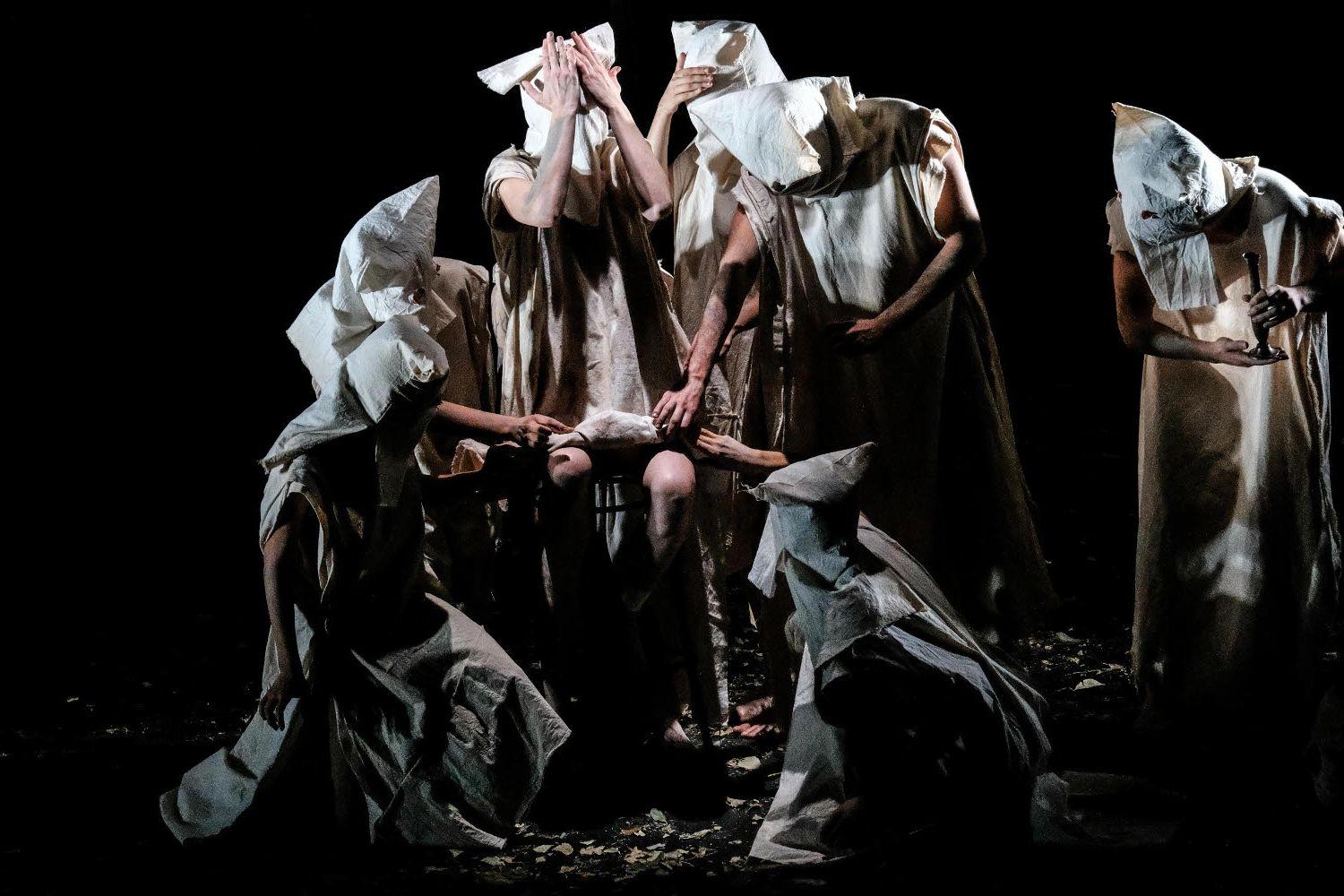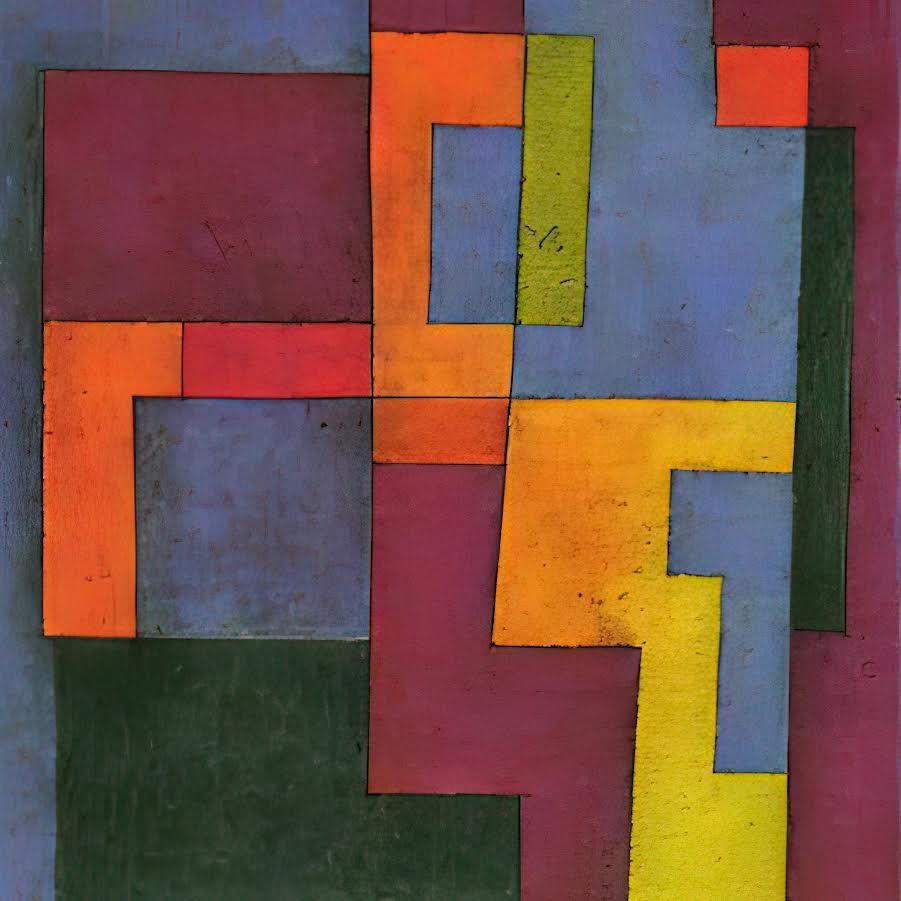Alienation
completedPlayOn!

SummaryIn the adaptation from the novel by Corinna Antelmann, Nikola takes via her webcam into her world, which is currently turned upside down: Her classmates seem to be brainless zombies and her parents decided to move house – without asking her. She feels as if she’s alone in her criticism on consumerism and gender norms and has no one to share her thoughts with – therefore she dives into the internet, in search for like-minded persons and a place, a kind of utopia, where she can feel at home.
Streaming on Vimeo, we built our stage through a live-feed webcam, vlogs, smartphone videos and a virtual gaming world to create a multi-layered universe of the real world and the virtual one. Audiences could choose how the digital utopia looked like. Who do we want to be? Does anyone feel the same way as we do?
___________________________________________________________
A Landestheater Linz production as part of the Creative Europe project PlayOn! in collaboration with the University of Applied Sciences, Upper Austria
Introduction
What questions did you have at the start of this project?
How can we tell a story about digitality in the digital realm? What kind of choices can we give to the audience, while we still narrate a linear story? How can we make live streaming look good?
What technology was the focus of the work, and why?
We used OBS for streaming via Vimeo. Unreal Engine was used to build the digital worlds, in which the actor could move a digital character around. Reaction.link was used for audience interaction.
What did you hope to explore in terms of technology, form, and content?
As Nikola feels alien in the real world, she tries to disappear more and more into the digital realm, into which she types all her anger and frustration. We wanted to explore what happens if we meet her there as an audience.
She starts to correspond with a person that calls themself Mona Lisa and she becomes more and more dependent on them. They build their digital utopia together, but ultimately have to live in the real world. The play tries to merge content and form (which is in itself technological) into a unity, that follows Nikola on her way deeper into the digital realm – and out again.
Creative Process
How did the collaborators work together on this project?
Nele Neitzke and students Nils Gallist and Manuel Lattner found each other through their professor for Digital Arts, Dr Jürgen Hagler. The team developed the digital worlds that serve as a utopia and escapist dream world. How could it look like and how many variations should be included? We invited the digital artists to our rehearsals, and they showed us their progress states and different routes (you could chose between different settings).
What forms of trial and error occurred?
Trial and error was tested first with in-production audiences and finally focus group audiences.
Did you use existing software?
OBS, Vimeo, Unreal Engine, reaction.link
Did any of your questions or goals change, over the course of this project?
Using Vimeo as a platform brought new challenges: How to implement it into our website, how to stream via OBS? Especially finding the right level for the sound proved tricky.
The digital worlds needed a gaming PC to run smoothly. With the smaller scale Zoom-productions, everything had played out on office laptops.
Reaction.link was ideal as it works as a web app – none of the youngsters had to download or register anything. Data protection-wise, this is a very clean solution.
What were the key milestones in the development of the production?
- Having it up and running for the first time
- Finding the right levels, sound-wise
- Deciding on reaction.link




Reflections
The result looked very nice, compared to our experiences with Zoom. On the other hand, we had less feedback and knowledge about our audience on a technical level (Can they see and hear the video? Do they have problems on their end? Should we wait a minute?). Of course, we had contact possibilities for them – in Zoom, you could see more clearly if people had logged in or not. On Vimeo, you just had viewer numbers.
In what ways was the production a success?
We gave the audience the possibility to constantly react via reaction.link and send emojis – this proved very insightful, as youngsters showed their mood via this excessively – we had over 1000 clicks in some shows. The subject was well chosen for the setting, as Nikola feels alone and isolated in the world – being also alienated from the audience gave her loneliness another layer.
What elements of the final production would you change?
For this production, the few audience choices were enough, but made us think if they also could affect the storyline.
If other people were to take a similar approach, what advice would you give?
Everything programming related takes a lot of time.
For the technical everyday questions of an online production that has much diverse input (live feed, videos, chat overlays, reaction link decisions) it is great to have someone on the team, as our director’s assistant, who is not alien to programming and streaming.
The coding for this project is open-source: https://github.com/obsproject/obs-studio





